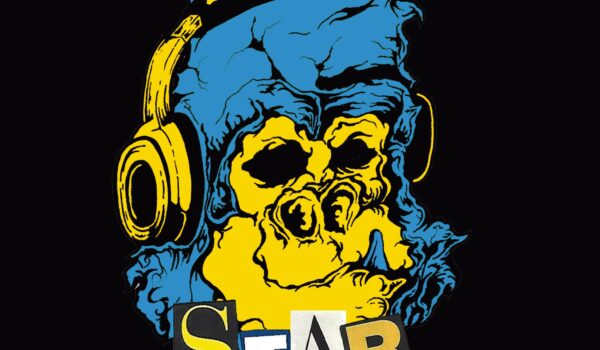Congratulations! You’ve been admitted to the best university in Scotland, 2nd best in the UK (according to The Guardian – eat our dust, Oxford) and easily one of the most prestigious in the world. You’ve done the hard work to get your grades, you’re ready and raring to go (and probably bored in quarantine somewhere) – now what?
You want to know more about St Andrews!
This is the first in a series of articles designed to introduce you to the University of St Andrews. Starting your university career can be a daunting experience, and it’s normal to feel nervous moving away from home to don a red gown. However, forewarned is forearmed; hopefully after this you’ll feel a bit calmer and more informed.
So, first things first, what is St Andrews? You probably know the basics, but let’s do a quick recap anyway.
The University of St Andrews is the third-oldest in the UK (indeed, the English-speaking world). It was founded in 1413, when the red gowns were probably affordable. We have a bunch of cool traditions because we’re so ancient, too. You’ve probably heard about Academic Families, Raisin Weekend, May Dip and more on your post-offer visit (or whatever digital alternative the Ambassador’s provided this year). We might write about them later, if there’s interest. We also have a bunch of notable alumni because we’re so old, but that’s less exciting and involves considerably fewer alcoholic shenanigans, so we won’t be writing about them.
The University is made up of 3 colleges, 4 faculties and 18 academic schools. You’ll typically study two to three subjects within your faculty for the first two years, but it depends on your degree. If you’re doing a direct-entry maths course, for example, you’ll only ever study maths. If you take a subject which is in both the arts and science faculties, then you’ll have the option to study in either. Of course, there are always exceptions to the rule – nothing in St Andrews is simple!
Our academic year is split into two semesters – Martinmas and Candlemas. The first is 15 weeks long, the second 17. You get 11 weeks of teaching in both, but first semester definitely feels more compact. That’s good for first years though – less time to feel homesick when you’re rushing to meet deadlines! In all seriousness, second semester is easier than the first in terms of time constraints. If you’re struggling to keep up at first, don’t worry! The vast majority of modules take place over one semester, with exams in December and May. That’s definitely a big win for St Andrews students – you don’t have to revise over the holidays!
We have about 8000 undergraduate students and 2000 postgraduates, which is small for a University of such renown, but very large for such a tiny town as St Andrews. If you think you’re from a small town, think again (unless you live in the Highlands). Town is commonly referred to as ‘the three streets’, because… well, it has three streets. It’s almost impossible to walk to class or go to the shops without bumping into someone you know. For most of us, that’s a blessing. St Andrews is small – we call it ‘the bubble’ for a reason – but that just makes it an even friendlier place to be!
The town of St Andrews is almost synonymous with its two largest institutions – the University, and golf. Most students here aren’t actually that golf-mad, but it’s a noticeable part of town life. The golfers swarm here especially often during the summer months, but don’t be scared – the mostly middle-aged, middle-class Americans are generally harmless. Apart from golfers and students, we do have a few locals, so try to keep that in mind when you stagger home from the Union. Town & gown relations (town=locals, gown=students) are always tricky, but we do our best.
Another thing to keep in mind when you come to St Andrews is that you’re walking in royal footsteps. We don’t mean those of our Principal and Vice-Chancellor Sally Mapstone (although Salmap is quite regal). No, it’s the Duke and Duchess of Cambridge, Wills and Kate. Although they graduated quite a few years ago, there are still tons of tourists milling around town because of them. Whether you’re a staunch royalist or a traitorous republican, there’s a fun bit of history around every corner.
This is the first in a series of articles about life at St Andrews, from the honest perspective of exam-frazzled students. Keep an eye out in the weeks ahead! We’ll be talking about everything: events, accommodation, what to bring, what to study, societies, sports and more! Up next, events & nightlife. Whose leg do you have to hump in St Andrews if you want a drink, and how will the social culture be affected by coronavirus? More on that in the next article.
Are you an incoming first year student with questions you want answering? Email [email protected] with your questions and we’ll do our best to answer them in future articles.

Sherry On 30/05/2020 at 07:40
Thanks for the great info!